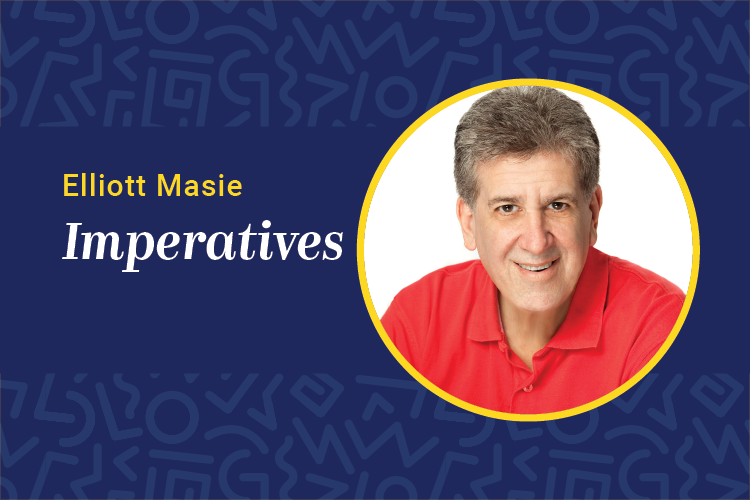Ask 100 people about the first step they take when they need to learn something and you will get amazingly consistent responses: I search Google; I search Baidu (in China); I search Bing; and I search our intranet.
In the past five years search has become the default and perhaps most critical step in an individual’s learning style, and with the rise of Internet access to mobile devices, search has grown exponentially. Many people, including me, often do 10 to 20 searches a day.
Yet, search is almost absent from the instructional designs and learning management systems in most organizations. Few course designs strategically leverage internal or external search engines. Few learning management systems integrate with Google to provide a mix of written content with searchable context. Almost no talent systems leverage search engines to add personalized ads that promote corporate learning resources that map to a worker’s search request.
We cannot sanction this deep gap between the power and potential of search engines and workforce learning resources and systems. Here are a few “search and learning” strategies CLOs can explore:
- Search big data: How much searching do employees do and in what formats? Ask IT for an aggregated analysis of how employee segments use search engines. Which search engines are used most often? Can IT provide an analysis of how searches are used differently by diverse categories of workers or even by individuals in learning programs? You don’t need to know what terms Pat Smith has searched, but how do people like Pat Smith leverage search?
- Internal and external search undivided: Many workers have to use two search engines on two devices to do a combined search. They can get to internal search engines and databases only from a corporate device behind the firewall, but some workers cannot get to certain databases from personal devices. We need to create safe and integrated searches that will combine inside and outside data for the curious employee.
- Personalized search: When Jae Chen searches, for example, it is possible to provide an enriched and personalized dimension of search based on Jae’s background — engineering; languages spoken — English and Mandarin; role in the company — structural safety; courses in which Jae is enrolled — rising leadership; and even elements from a learning management system profile. Personalized search is coming, and we should start experimenting.
- Connecting search to content: I recently met with a senior leader at Baidu, a major search engine in China, and we spent an hour exploring the open interface that is available to link to search. Content designers could easily build a seamless interface to search from within an e-learning module, e-book or on-the-job-training resource.
- Graphical search results: Most search engines provide search as a text-based, linear list, but search will also be available in graphical formats, including infographics. Friends at Google have noted that most users only access the first page of results their searches yield, and often just the top of that page. What if we could provide a graphical representation that was richer and multifactored?
- Search smaller data: Managers and instructional designers would love to see the search requests from a specific group of employees. What is collectively on their minds? How can content or leadership shift based on this data?
- Searching skills: Not everyone is great at search. Why not build that employee competency through courses, programs or even competitions? I’d love to see a Search Bowl where employees compete to find answers to difficult questions in a timed contest. And, what about checkups on employee search skills in a knowledge organization?
- Evidence on search: How does search — or its absence — affect learner behavior? We need to push Ph.D. candidates to gather evidence on the effect of search in the learning process.
2014 should be the Year of Search in our field. Let’s break new and almost no-cost innovative ground.
Elliott Masie is the chairman and CLO of The Masie Center’s Learning Consortium. He can be reached at editor@CLOmedia.com.















